White porcelain ceramics have emerged as a timeless choice in contemporary design, celebrated for their luminous aesthetic and versatility. This article explores the unique appeal of white porcelain, particularly in minimalist and modern spaces, where its brightness enhances cleanliness and amplifies spatial perception. However, its susceptibility to stains and the subsequent need for diligent maintenance present notable challenges. By examining its applications, advantages, and drawbacks, this article offers a comprehensive perspective on why white porcelain remains a favored yet demanding material in interior design and architecture.
۱. Introduction
Porcelain ceramics, a refined subset of ceramic materials, are prized for their durability, low porosity, and elegant finish. Among the myriad color options, white porcelain stands out for its ability to evoke purity, simplicity, and sophistication. Its reflective surface and neutral tone make it a staple in modern and minimalist interiors, where clean lines and open spaces dominate. Yet, this brilliance comes with a caveat: white porcelain’s pristine appearance is easily marred by stains, requiring careful upkeep. This article delves into the role of white porcelain in contemporary design, highlighting its applications, benefits, and the maintenance challenges it poses.
۲. Applications in Minimalist and Modern Spaces

White porcelain ceramics have become synonymous with minimalist and modern aesthetics, where less is more, and functionality meets form. Below are some key applications:
۲.۱ Flooring
White porcelain tiles are a popular choice for flooring in minimalist homes, offices, and commercial spaces. Their uniformity and reflective quality create a seamless, uncluttered look that aligns with the principles of minimalism. In modern settings, they pair well with sleek furniture and metallic accents, enhancing the overall aesthetic.
۲.۲ Wall Cladding
As wall tiles, white porcelain adds a sense of continuity and brightness to bathrooms, kitchens, and living areas. In minimalist designs, large-format white porcelain slabs are often used to create feature walls, emphasizing clean lines and an airy atmosphere.
۲.۳ Countertops and Surfaces
In kitchens and bathrooms, white porcelain countertops offer a hygienic and visually appealing alternative to natural stone. Their smooth, non-porous surface complements modern design trends, such as integrated sinks and handle-less cabinetry, while maintaining a crisp, clean look.
۲.۴ Decorative Elements
Beyond functional surfaces, white porcelain is used in decorative objects like vases, sculptures, and accent tiles. These elements enhance the minimalist ethos by adding subtle elegance without overwhelming the space.
White porcelain’s versatility makes it an ideal material for spaces that prioritize simplicity, openness, and a contemporary vibe.
۳. Advantages of White Porcelain Ceramics
The popularity of white porcelain is rooted in several compelling advantages that elevate its appeal in design:
۳.۱ Sense of Cleanliness
White is universally associated with purity and hygiene, making white porcelain a natural choice for spaces where cleanliness is paramount, such as kitchens and bathrooms. Its bright surface reflects light, creating an impression of spotlessness even in high-traffic areas.
۳.۲ Spatial Magnification
One of white porcelain’s standout benefits is its ability to make spaces appear larger and more open.
The reflective quality of the material bounces light around a room, reducing visual clutter and enhancing the perception of depth. This is particularly valuable in small apartments, narrow hallways, or compact modern interiors where maximizing space is a priority.
۳.۳ Timeless Aesthetic
Unlike bold colors or intricate patterns that may fall out of fashion, white porcelain offers a timeless elegance that transcends design trends. Its neutral tone serves as a blank canvas, allowing designers and homeowners to experiment with furnishings, textures, and accents without clashing.
۳.۴ Versatility in Pairing
White porcelain’s neutral palette pairs effortlessly with a wide range of materials and colors, from natural wood and stone to vibrant hues and industrial metals. This adaptability makes it a go-to material for both minimalist purists and modern eclectics.
These advantages position white porcelain as a powerful tool in creating bright, inviting, and expansive environments.
۴. Disadvantages: The Maintenance Challenge
Despite its many strengths, white porcelain is not without its drawbacks. The most significant challenge is its need for greater maintenance, driven by the following factors:
۴.۱ Susceptibility to Stains
White porcelain’s light color makes it highly prone to visible staining. Everyday substances like coffee, wine, oil, or dirt can leave marks that detract from its pristine appearance. While porcelain’s low porosity (typically less than 0.5%) prevents deep absorption compared to other ceramics, surface stains remain a persistent issue, especially in high-use areas like kitchens or entryways.
۴.۲ Visibility of Dust and Debris
Dust, hair, and small particles are far more noticeable on a white surface than on darker materials. This heightened visibility necessitates frequent cleaning to maintain the material’s signature brightness, particularly in minimalist spaces where imperfections stand out.
۴.۳ Wear and Tear Over Time
Although white porcelain is durable, scratches, scuffs, and minor chips can become more apparent on its surface over time. These imperfections can dull its reflective quality and require periodic polishing or replacement to restore its original luster.
۴.۴ Cleaning Effort and Cost
Maintaining white porcelain’s flawless look demands regular cleaning with specialized products to avoid damaging the finish. Harsh chemicals or abrasive tools can scratch or discolor the surface, while neglecting maintenance can lead to stubborn stains. This ongoing effort and potential cost can be a deterrent for those seeking low-maintenance materials.
These disadvantages highlight the trade-off between white porcelain’s aesthetic brilliance and the practical realities of upkeep.
۵. Practical Considerations and Solutions

To mitigate the challenges of white porcelain while maximizing its benefits, several strategies can be employed:
Sealants and Coatings: Applying a protective sealant can enhance stain resistance, making the surface easier to clean. Nano-coatings, in particular, offer a cutting-edge solution by creating a hydrophobic barrier that repels liquids and dirt.
Textured Finishes: Opting for matte or textured white porcelain can reduce the visibility of minor stains and scratches compared to glossy finishes, though it may slightly diminish the reflective effect.
Routine Maintenance: Establishing a consistent cleaning schedule with mild, non-abrasive cleaners can prevent stains from setting in. For high-traffic areas, using rugs or mats can minimize dirt accumulation.
Design Integration: Pairing white porcelain with contrasting elements, such as dark grout or mixed materials, can mask imperfections while preserving the minimalist aesthetic.
These approaches allow users to enjoy white porcelain’s endless brightness with less worry about its vulnerabilities.
۶. White Porcelain in Context: A Design Perspective
In minimalist and modern design, white porcelain serves as more than just a material—it’s a statement.
Its ability to reflect light and amplify space aligns perfectly with the minimalist mantra of “less is more,” while its clean lines and smooth finish complement the precision of modern architecture. However, designers must weigh its maintenance demands against its visual impact. For instance, a white porcelain kitchen countertop may elevate a space’s elegance but require daily wiping to stay pristine, whereas a darker material might conceal wear more effectively.
The choice of white porcelain often reflects a commitment to aesthetics over convenience, appealing to those who value perfection and are willing to invest effort in its preservation.
۷. Future Trends and Innovations
Looking ahead, advancements in material science and design could address white porcelain’s maintenance challenges while enhancing its appeal:
Self-Cleaning Surfaces: Research into photocatalytic coatings, such as those using titanium dioxide, could lead to white porcelain tiles that break down organic stains when exposed to light, reducing cleaning needs.
Stain-Resistant Formulations: New porcelain compositions with enhanced surface properties may minimize stain adhesion, making white tiles more practical for everyday use.
Smart Integration: Embedding sensors or responsive technologies into white porcelain could create tiles that signal when cleaning is needed or adjust their appearance to mask imperfections.
These innovations promise to preserve white porcelain’s luminous charm while making it more user-friendly.
Conclusion

White porcelain ceramics embody endless brightness, offering a sense of cleanliness, spatial magnification, and timeless elegance that make them a cornerstone of minimalist and modern design. Their reflective surfaces and neutral tone transform spaces into airy, sophisticated havens, perfectly suited to contemporary tastes. However, this beauty comes with a caveat: the material’s susceptibility to stains and need for meticulous upkeep demand careful consideration. By embracing practical solutions and anticipating future innovations, designers and homeowners can harness white porcelain’s strengths while mitigating its challenges. Ultimately, white porcelain remains a dazzling yet delicate choice—a testament to the interplay between form, function, and care in the world of design.
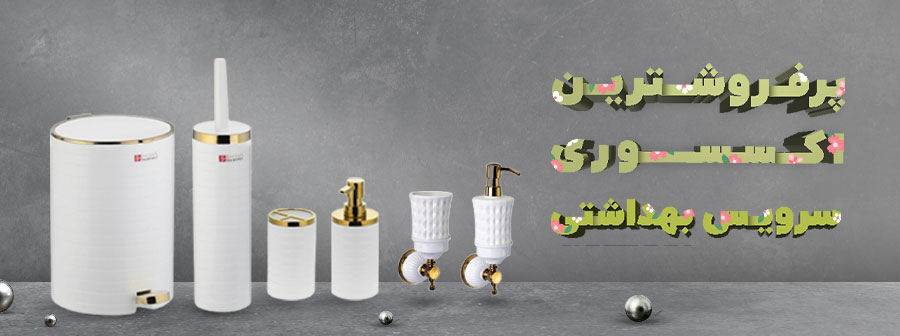
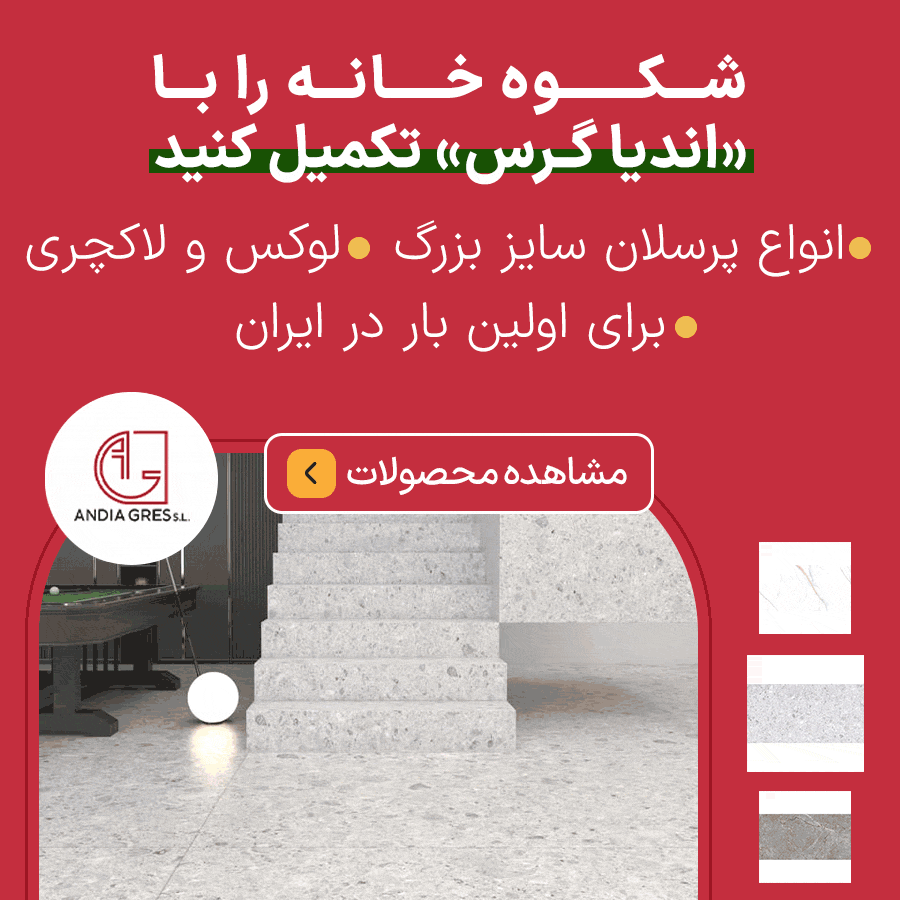
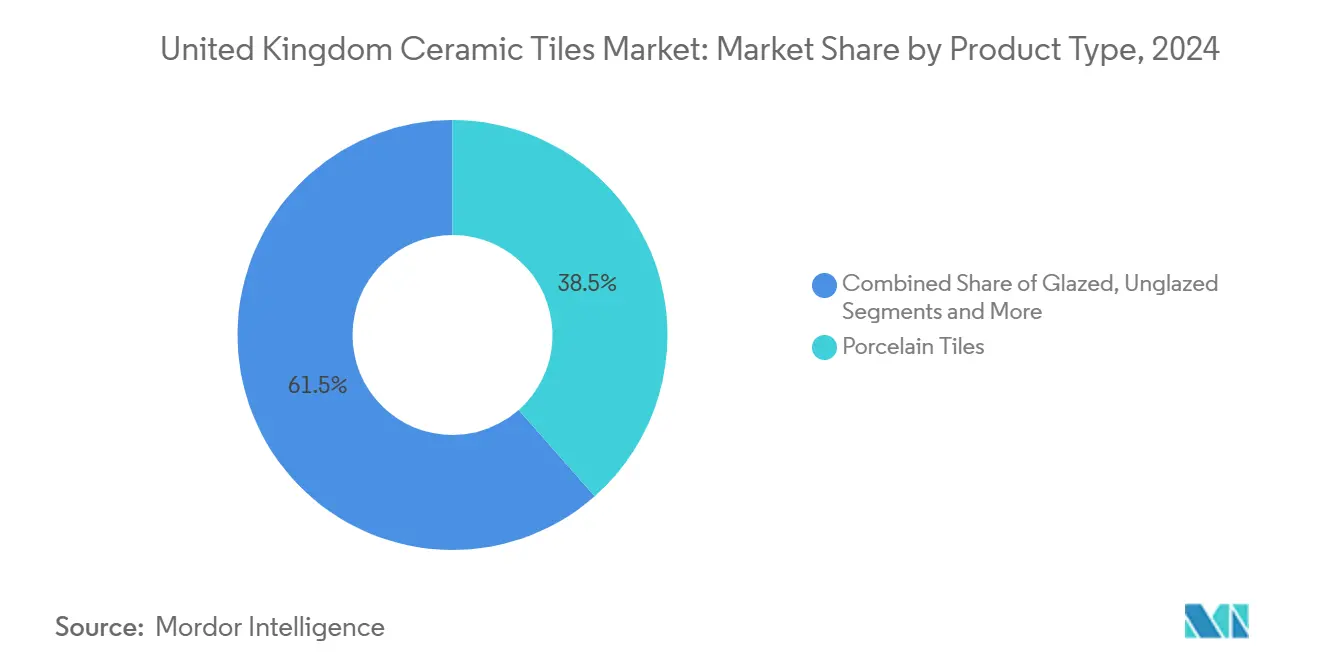



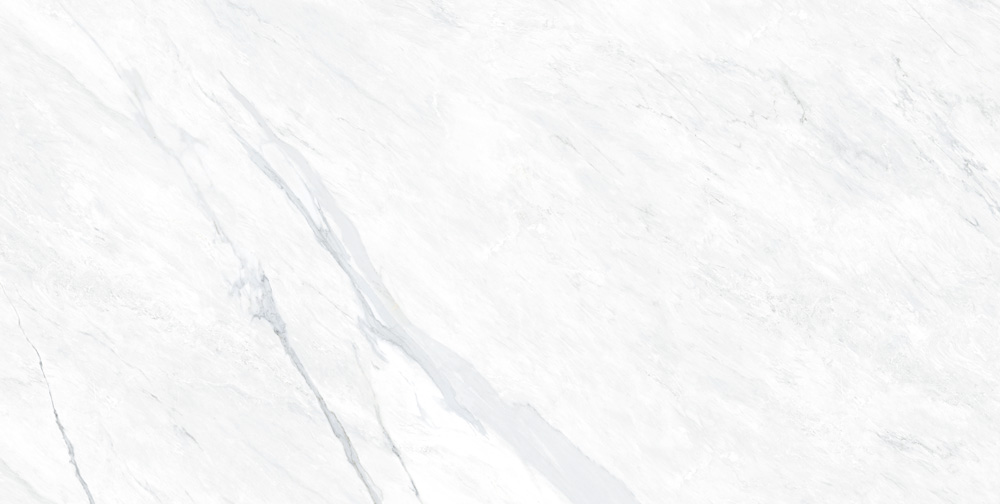
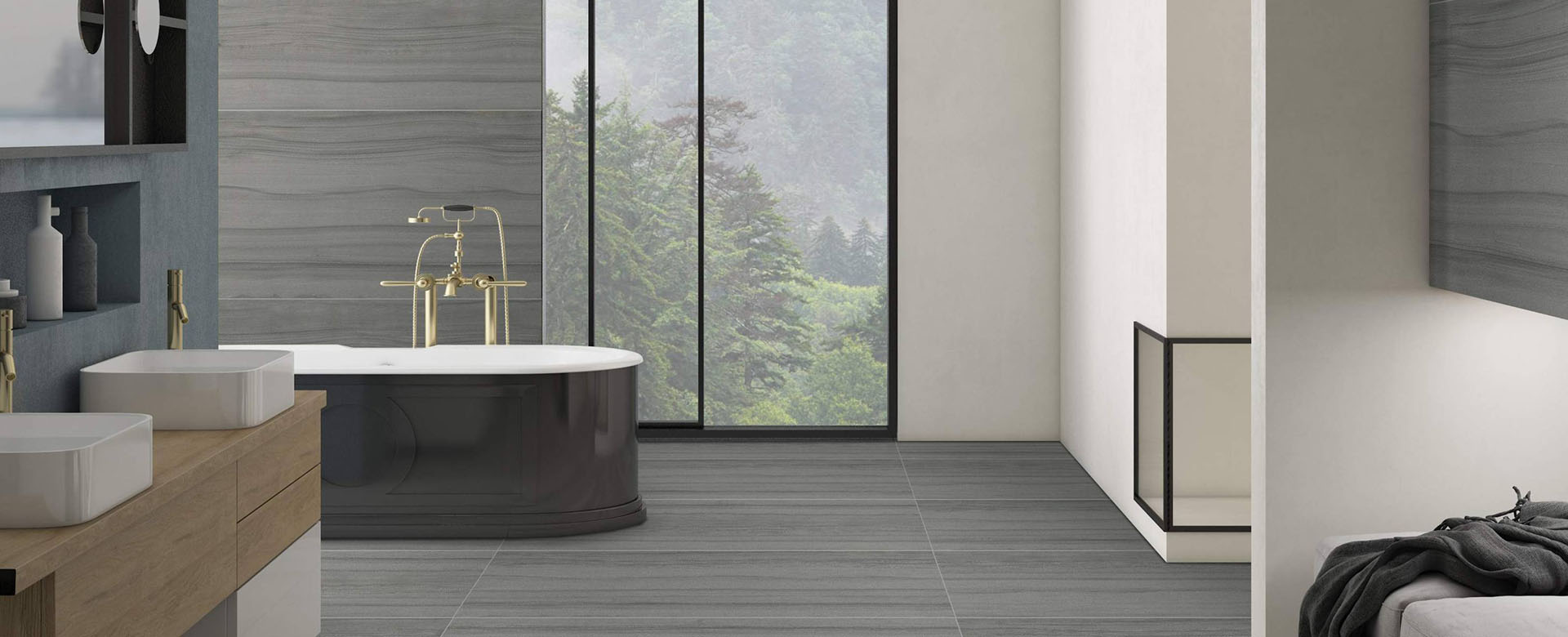
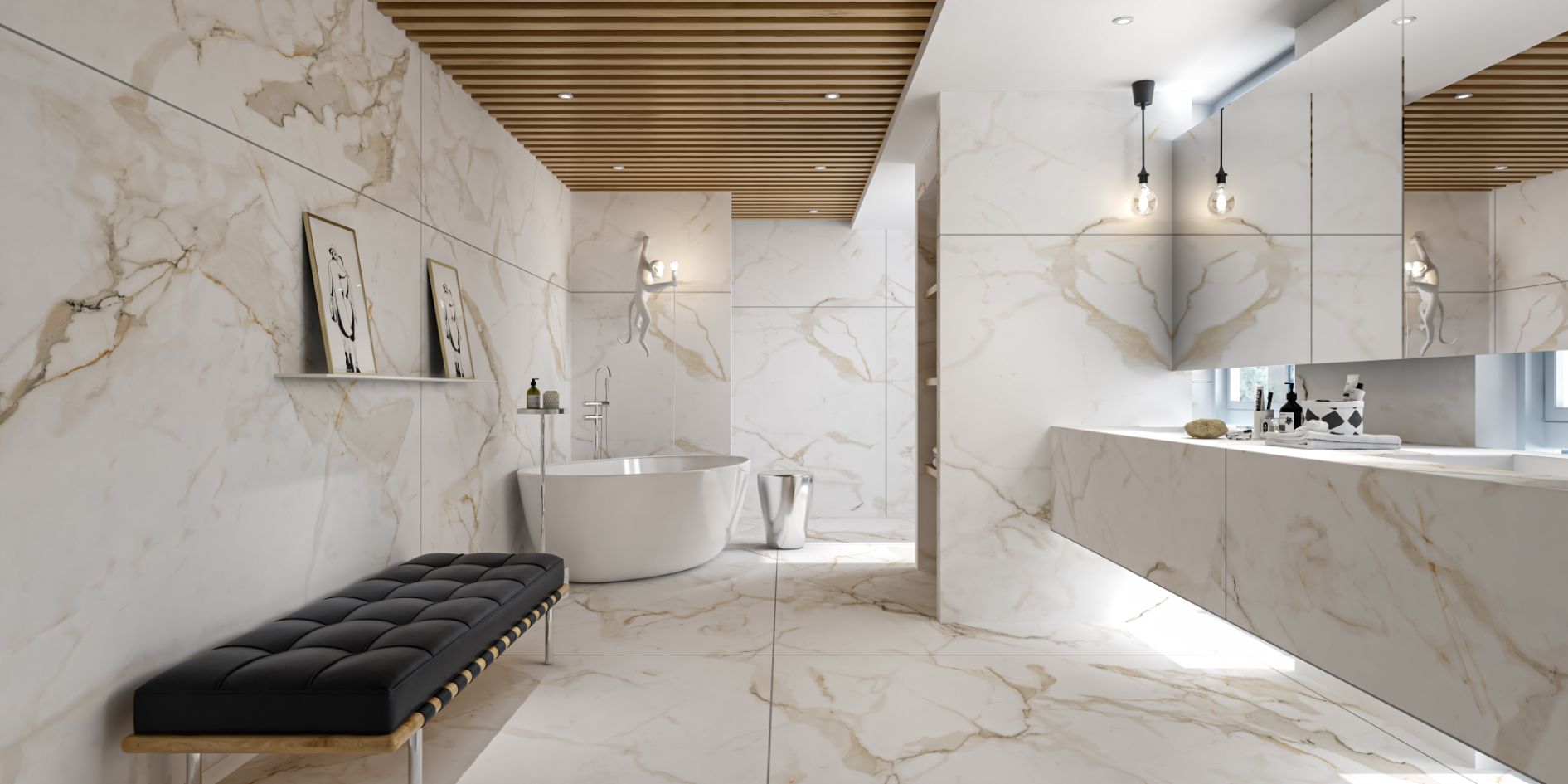
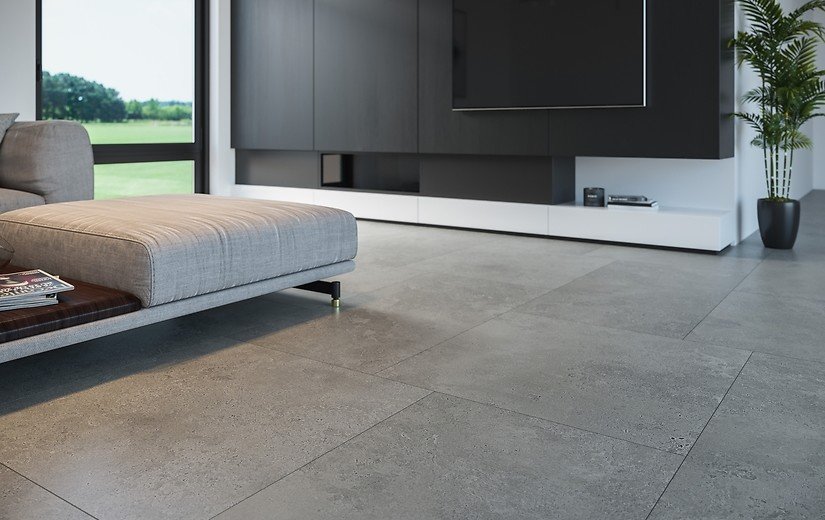
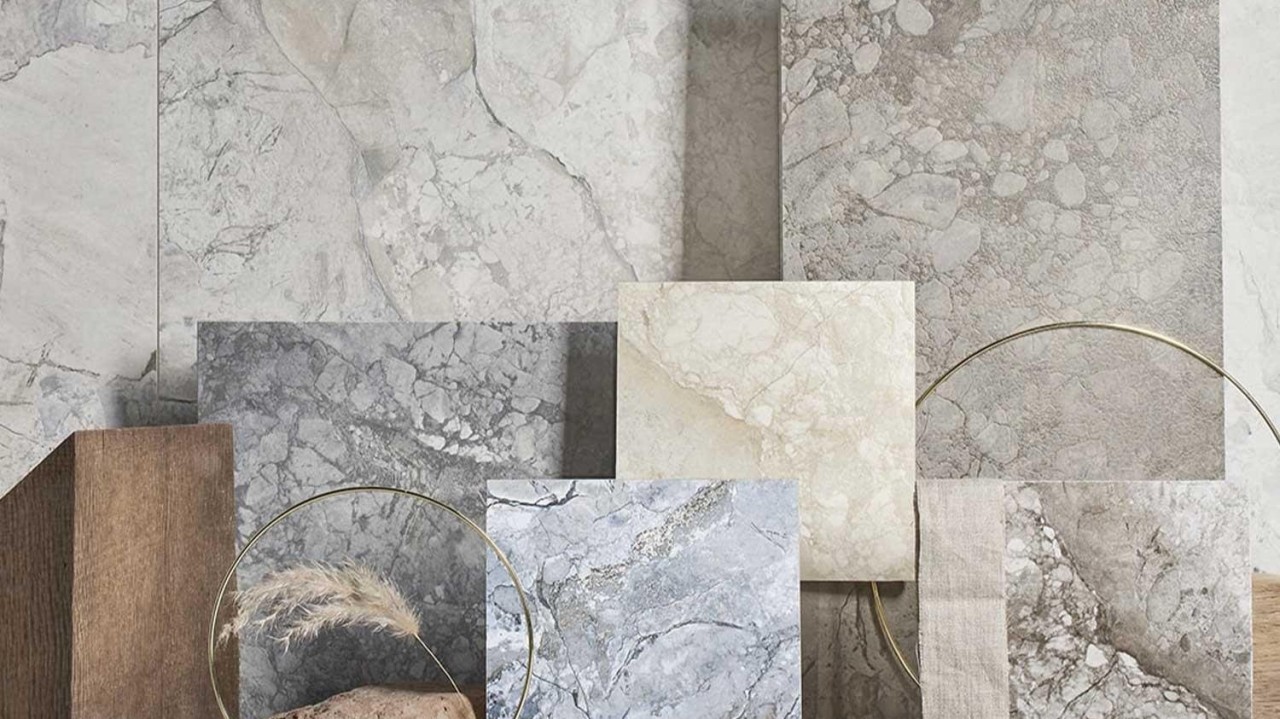
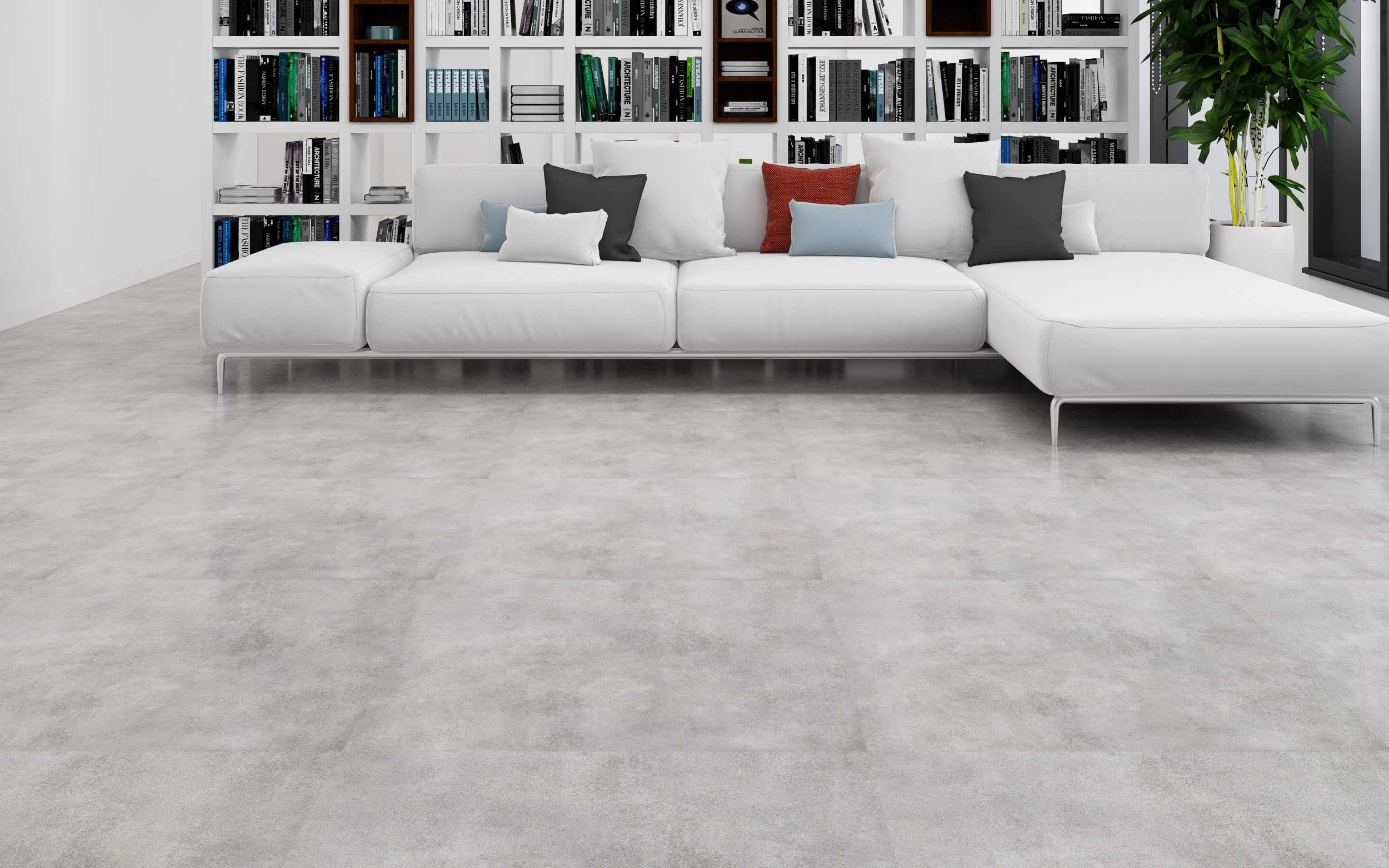
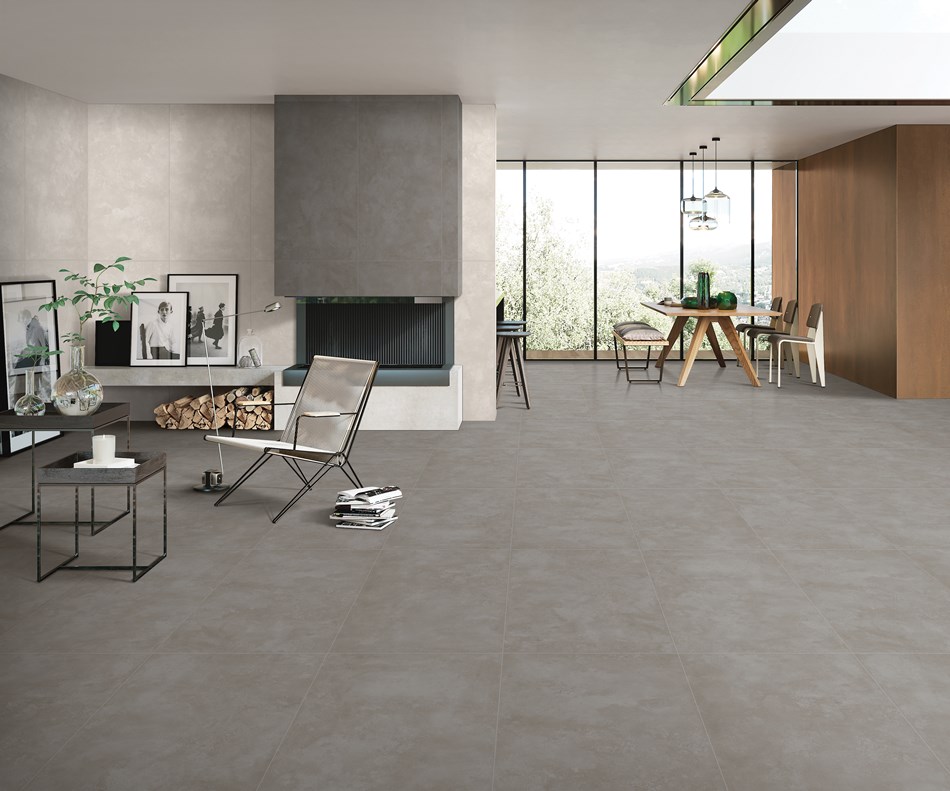
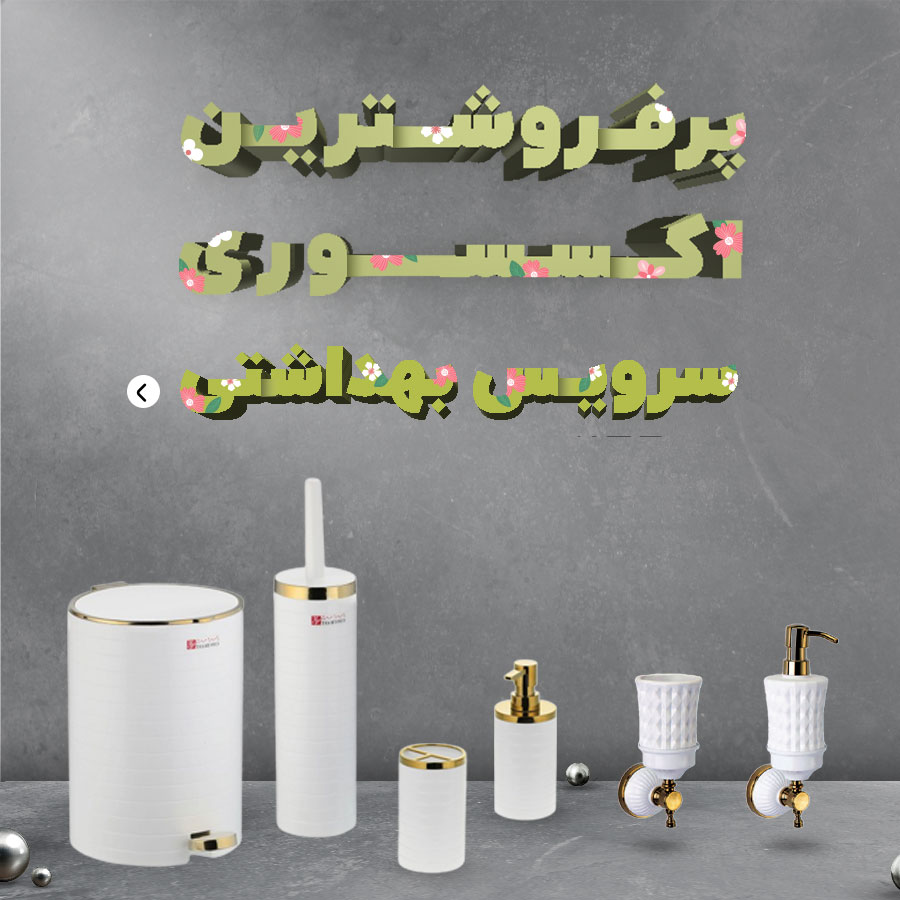

نظرات ۰